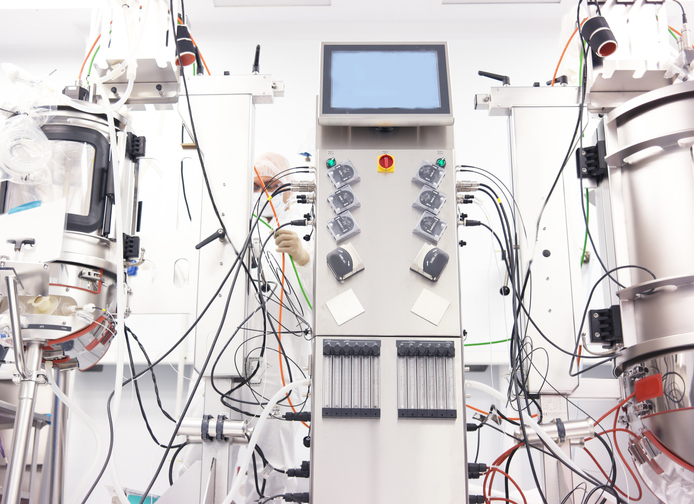Antibody manufacturers should be encouraged to revisit older technologies as the industry moves towards continuous processing. That’s the view of Andrew Zydney, PhD, professor, chemical engineering, Pennsylvania State University.
Zydney, who will be speaking at the BioProcess International Conference in Boston, believes that a number of mature technologies may have become useful for protein purification as the industry has developed.
“The platform process for antibody production has evolved over the last 25 years and, as people have begun to think about continuous processing, what they often try to do is tweak that process,” he says. “It does work, but what we’ve been arguing is that people should think outside the box and maybe incorporate some [approaches] that didn’t make sense [25 years ago].”
Protein A chromatography
Zydney gives the example of Protein A chromatography, where people have moved from using single to multiple columns. As he explains, precipitation was considered as an alternative for protein purification, but wasn’t feasible when titers were less than a tenth of a gram per liter. Nowadays, when titers have risen to 5–10 grams per liter, he believes precipitation deserves another look, especially as an alternative to multi-column Protein A chromatography.
“Older technologies might be reimagined within the context of a new continuous downstream manufacturing process to enable us to [perform protein purification] better than we can today,” he explains.
His lab has used zinc chloride and a polyethylene glycol exclusion agent to selectively precipitate monoclonal antibodies from solution. Unlike in the past, when precipitation was performed as a batch process, they use hollow-fiber membranes to continuously remove host-cell protein impurities.
According to Zydney, the main advantage of continuous precipitation is that zinc chloride and polyethylene glycol are much cheaper than chromatography resins. “And, as long as we can [limit the] fouling of the membrane modules, and optimize the membrane filtration, we can keep the membranes lower cost too,” he says.
Another technology from the past that he will discuss during his upcoming talk is continuous countercurrent tangential chromatography. This process, he explains, uses a chromatography resin in the form of a slurry that flows through hollow-fiber membranes to do a continuous protein separation.
His work is currently early stage, but he is working with industry partners and says he has funding through the FDA as part of a collaboration with colleagues at Rensselaer Polytechnic Institute and the Massachusetts Institute of Technology to study precipitation and crystallization as a strategy for continuous antibody purification.


